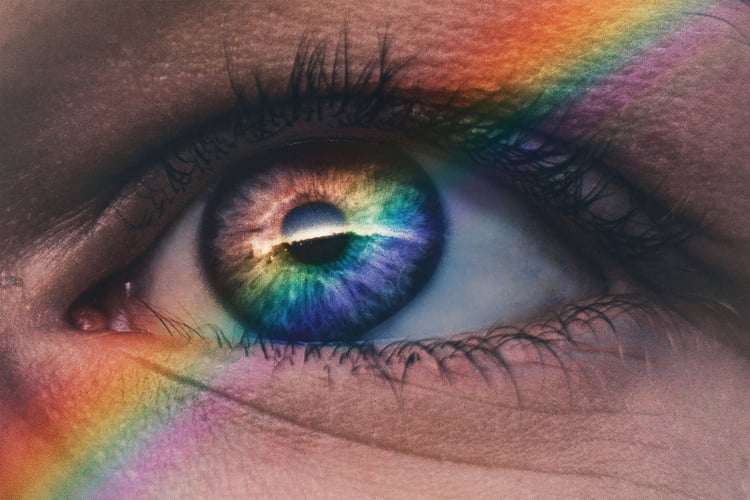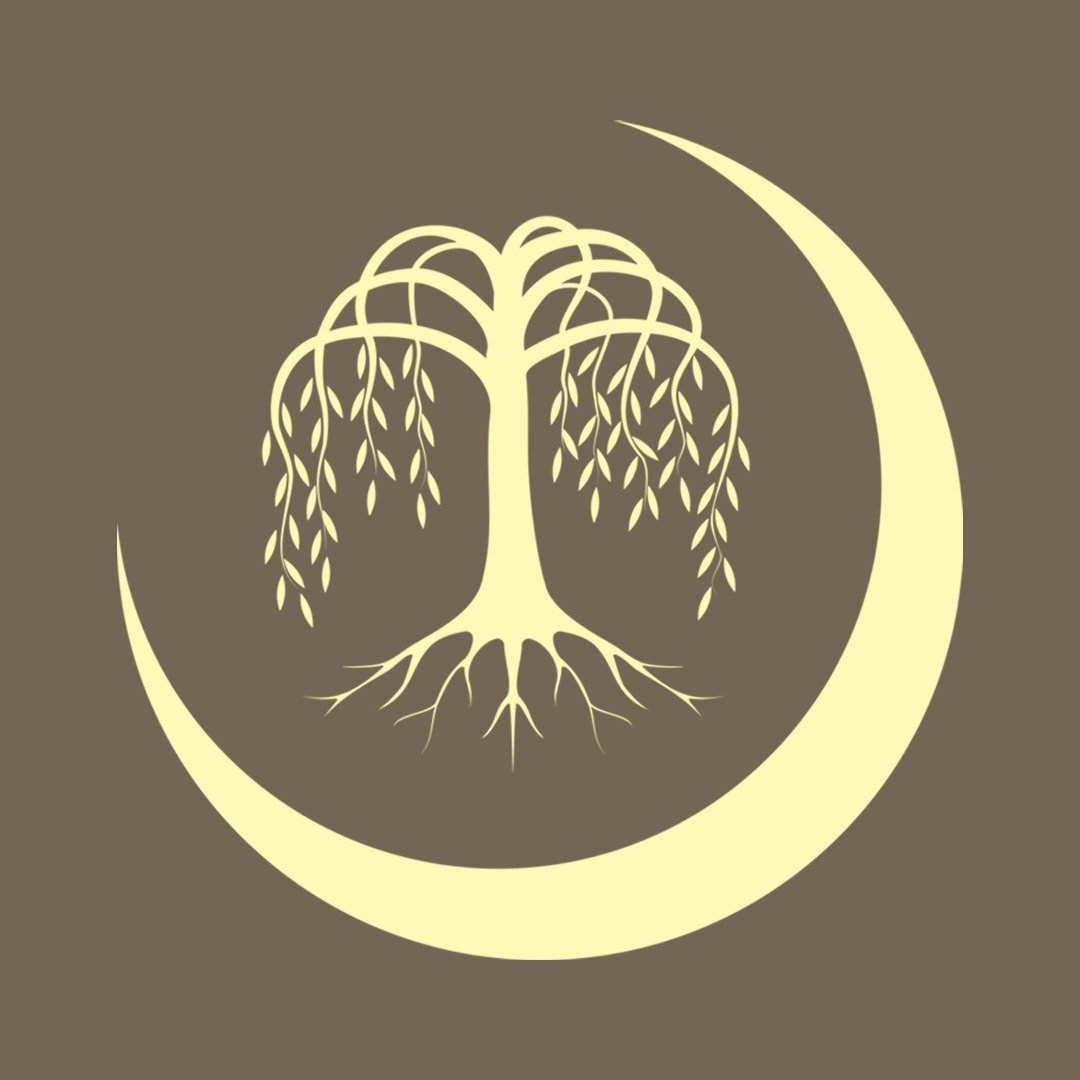Originally posted May 2023 Updated: December 2024
The journey toward creating an inclusive world begins with understanding and connection. At the time I first wrote this post in May 2023, I was still grappling with my own gender identity and understanding my place in the world. Today, I identify as gender-fluid, and this post reflects not only my personal growth but also the evolving challenges and triumphs of the LGBTQIA2S+ community.
The LGBTQIA2S+ acronym represents Lesbian, Gay, Bisexual, Transgender, Queer/Questioning, Intersex, Asexual/Agender, and Two-Spirit individuals—a vibrant, diverse community. Yet, in recent years, political and social pressures have intensified divisions within the community itself. These fractures can be painful, but division is never the answer. We are all people first, and whatever label helps us feel seen should remain secondary to our shared humanity.
This post offers updated insights on allyship, tips for addressing bullying, and strategies for navigating obstacles with care and respect.

Tip #1: Educate Yourself
Allyship starts with education. Read, watch, and listen to stories created by LGBTQIA2S+ individuals to understand their experiences. Learn about the impact of systemic discrimination and the importance of affirmative actions, such as supporting businesses and organisations led by LGBTQIA2S+ individuals. Understanding their stories is not just enlightening; it’s an act of solidarity.
Tip #2: Use Inclusive Language
Inclusive language builds bridges of understanding. Use gender-neutral pronouns and avoid making assumptions about someone’s identity, orientation, or relationships. Remember that respectful language evolves, so stay open to learning and adapting as terms and expressions shift to reflect greater inclusivity.
Tip #3: Be an Advocate
True allyship requires speaking up. Whether confronting harmful language, stepping in during acts of bullying, or amplifying LGBTQIA2S+ voices, your actions matter. Advocacy can also mean staying informed about political and social issues affecting the LGBTQIA2S+ community and voting for policies that protect their rights.
Tip #4: Stand Against Division
In times of stress and uncertainty, it’s easy for communities to fracture under external pressure. Recently, some parts of the LGBTQIA2S+ community have experienced divisions based on differing priorities, perspectives, or experiences. While these differences are valid, allowing them to define us or divide us can weaken our collective strength.
We must remember that unity doesn’t mean sameness—it means embracing our diversity while prioritising our shared humanity. Labels are tools for understanding, but they should never overshadow the fact that we are all people first. Allies can play a crucial role by supporting bridges between groups and focusing on what unites us rather than what divides us.
Tip #5: Challenge Anti-LGBTQIA2S+ Legislation
The current political climate has seen a rise in anti-LGBTQIA2S+ legislation globally, targeting everything from trans healthcare to school curricula. As an ally, it’s crucial to stay informed and take action. Write to your elected officials, sign petitions, and support organisations fighting for equality. Silence in the face of injustice enables harmful policies to persist.

Tip #6: Center Intersectionality
Remember that members of the LGBTQIA2S+ community have varied experiences shaped by race, class, disability, and other identities. True inclusion recognises these intersections and works to uplift the most marginalised voices within the community. Supporting LGBTQIA2S+ individuals must include acknowledging and addressing these overlapping systems of oppression.
Common Questions and Obstacles
Why does inclusion matter?
Because inclusion saves lives. The LGBTQIA2S+ community continues to face higher rates of mental health challenges, harassment, and violence. By advocating for inclusion, we create a world where everyone feels safe, supported, and seen.
What if I make a mistake?
It’s okay. Mistakes are part of learning. If you misgender someone or use the wrong terminology, apologise, correct yourself, and move forward with intention. Allyship is a practice, not perfection.
Updated Statistics
As of 2023, nearly 60% of LGBTQIA2S+ individuals report experiencing daily discrimination, while transgender individuals face disproportionately high rates of workplace mistreatment. Suicide rates among transgender individuals remain alarmingly high, with 42% of respondents in recent studies reporting having attempted suicide.
The rise in anti-LGBTQIA2S+ legislation has compounded these challenges. In the U.S., over 500 anti-trans bills were introduced in 2023 alone. These laws seek to restrict healthcare, erase queer identities in education, and deny fundamental rights. This underscores the need for vigilant allyship and collective advocacy.
Final Reflection
Being an ally is not a static role; it’s a journey of growth, learning, and action. As I continue to embrace my gender-fluid identity, I see allyship as an extension of self-love and community care. In the face of division, let us choose connection. Together, we can build a closet-free world—a world where every individual is celebrated for who they are.
Join the conversation. Let’s create a more inclusive world, together.
A few Resources
- Human Rights Campaign (HRC): The HRC is one of the largest LGBTQIA2S advocacy organisations in the United States. Their website offers a wealth of resources, including guides for allies, workplace inclusion resources, and educational materials. Visit their website: https://www.hrc.org/
- GLAAD: GLAAD is a leading LGBTQIA2S media advocacy organisation. They provide resources for allies, including tips for being a good ally, glossaries of LGBTQIA2S terminology, and media reference guides. Check their website: https://www.glaad.org/
- PFLAG: PFLAG is an organisation that supports families, allies, and the LGBTQIA2S community. They offer numerous resources, including guides for parents and allies, support groups, and educational materials. Explore their website: https://pflag.org/
- National LGBTQ Task Force: The National LGBTQ Task Force is an organisation that advocates for LGBTQIA2S rights and provides resources for allies. Their website offers educational materials, action guides, and toolkits. Visit their website: https://www.thetaskforce.org/
- It Gets Better Project: This project aims to uplift and empower LGBTQIA2S youth through inspiring stories and support. Their website features resources for allies, including guides, videos, and educational materials. Explore their website: https://itgetsbetter.org/
- Trevor Project: The Trevor Project is a leading organisation providing crisis intervention and suicide prevention services for LGBTQIA2S youth. They offer resources for allies, including guides on supporting LGBTQIA2S youth and educational materials. Visit their website: https://www.thetrevorproject.org/
- LGBT National Help Center: The LGBT National Help Center offers support, information, and resources through their hotline, online chat, and email services. They have resources for allies, including guides on supporting transgender individuals and providing affirming spaces. Explore their website: https://www.glbthotline.org/
- Books and Literature: There are many books and literature resources available that can help educate allies and promote understanding of the LGBTQIA2S community. Some recommended titles include "This Book is Gay" by Juno Dawson, "The ABC's of LGBT+" by Ashley Mardell, and "All About Love: New Visions" by bell hooks.
- LGBTQ+ older Americans face tremendous challenges when it comes to health care and they are bringing awareness to this topic to help change that. Their recently published an "LGBTQ+ Elder Health Care Guide" to connect older adults in the LGBTQ+ community to the resources and information that will help them find the care they need.https://www.retireguide.com/guides/lgbtq-elder-health-care/
- Career Choices: https://resume.io/blog/resources-job-seekers


